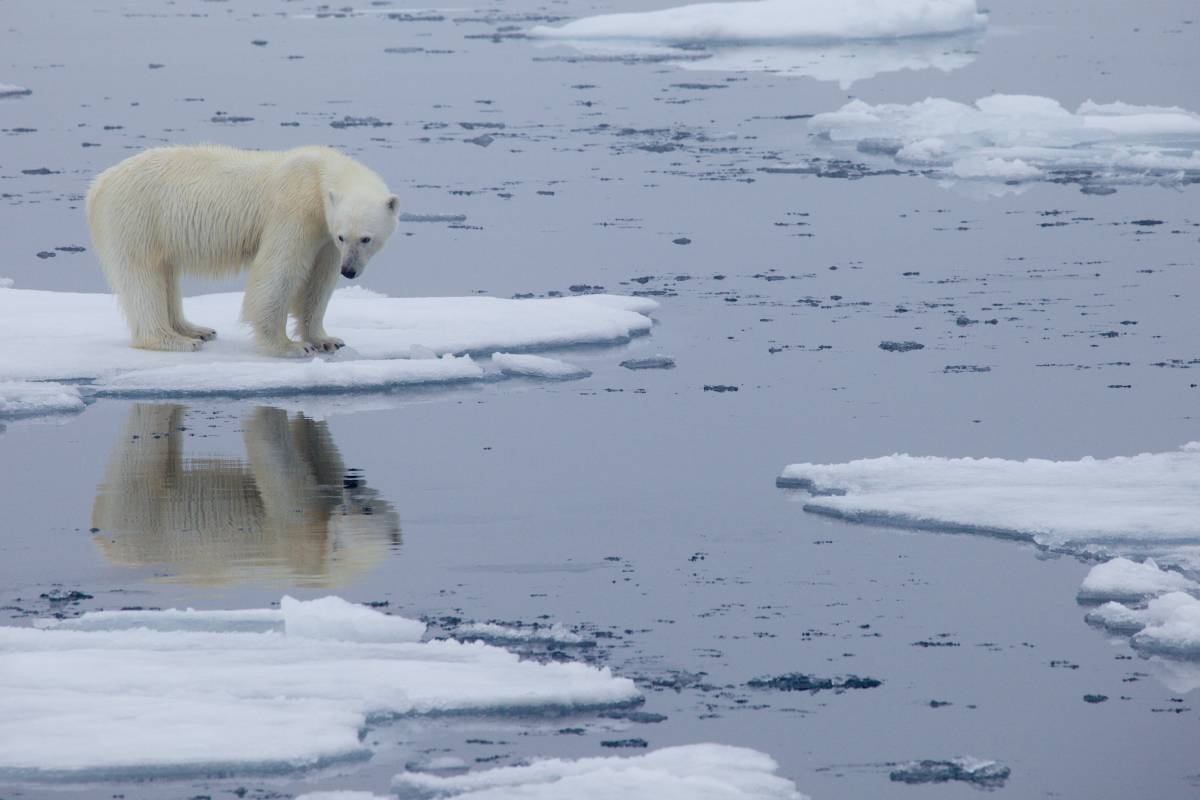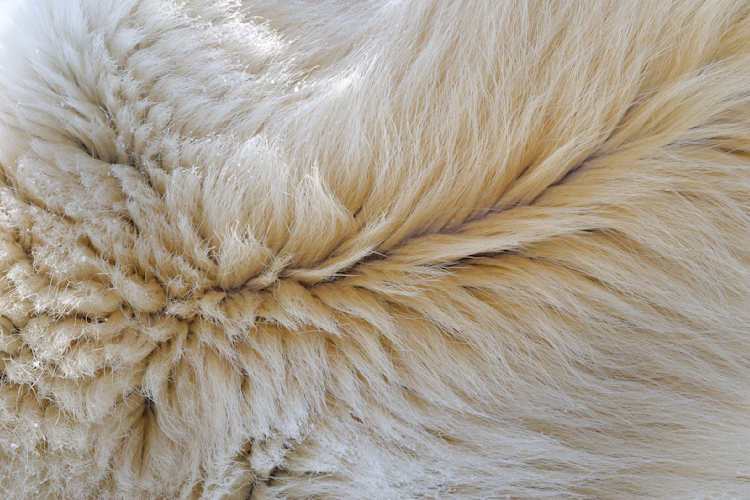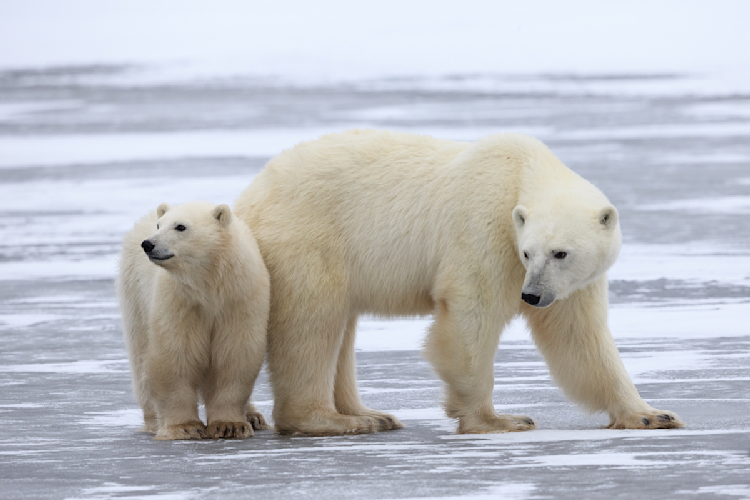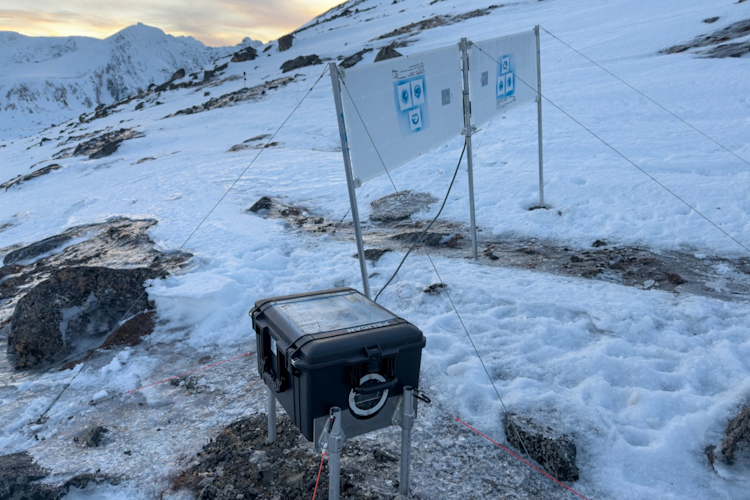Anyone trying to gain or lose weight knows the basic principle of calories in and calories out. The same holds true for animals: Being able to find food to meet their energy demands ensures that they stay alive and have adequate resources to successfully rear offspring.
Wildlife have evolved to specific habitats where they can acquire enough calories to meet this balance. Climate change threatens to alter the suitability of these habitats, making the search for food energetically expensive.
For Arctic wildlife like polar bears, we are already seeing this playing out. Polar bears have evolved as a specialist carnivore, adapted to living on the surface of the sea ice where they catch their preferred prey, ringed and bearded seals. But the Arctic is warming more than twice as fast as the rest of the planet, leading to significant declines in Arctic sea ice.
The sea ice extent in September, when the Arctic sea ice reaches its minimum, has declined by 13% per decade since the start of the satellite record in 1979. In September 2012, the sea ice reached a record low, which was 49% smaller than the September average between 1979 to 2000.
These declines are forcing polar bears in many regions to increasingly move to land during the summer where they are unable to catch seals. Polar bears in some regions of the Arctic are also swimming more frequently and, in some cases, making extreme long-distance swims.
In a recent review paper in the Journal of Experimental Biology, my colleague Terrie Williams and I highlight recent findings that the energetic cost of swimming in polar bears is three to four times greater than the energetic cost of walking. This means that as polar bears increasingly rely on aquatic movements to navigate an Arctic with increasing amounts of open water, they will be using significantly more energy than they would have needed historically.
We cited the case of an adult female polar bear that swam 462 kilometers over 10 days, using almost five times more energy than would be needed for a polar bear on the sea ice that would be resting, walking, and hunting. The ability of polar bears to meet their energy demands are likely to be further challenged by reduced access to seals, as earlier sea ice breakup and retreat is forcing polar bears to move to land earlier in the summer.
On land, few foods exist that could equal the amount of energy polar bears would get from their preferred prey. As we state in our paper:
“A polar bear would need to consume approximately 1.5 caribou, 37 Arctic char, 74 snow geese, 216 snow goose eggs (i.e., 54 nests with four eggs per clutch) or 3 million crowberries to equal the digestible energy available in the blubber of one adult ringed seal.”
These findings highlight the importance of the sea ice as a platform for polar bears to walk and hunt upon. Without action on climate change, projected declines in Arctic sea ice are likely to challenge the ability of polar bears to meet their energy demands in many regions of the Arctic, which will threaten their ability to survive and rear young.
Dr. Anthony Pagano is a postdoctoral research fellow at Washington State University and a scientific advisor to Polar Bears International.

















